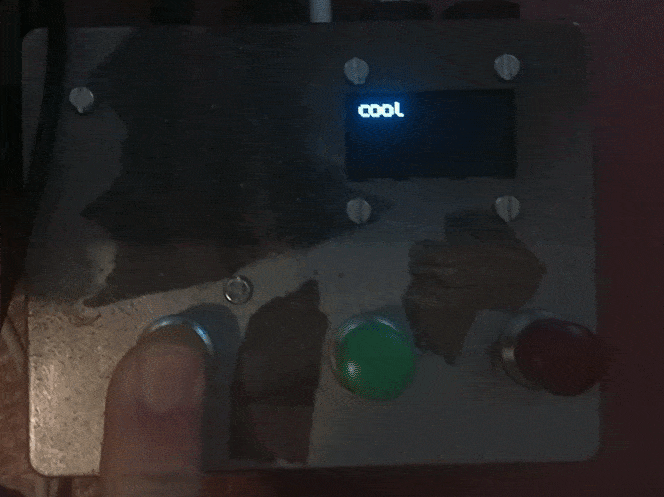tiar/noise/
All these objects have help/example patches so that you can try them:
In the main menu see Help -> Library -> Community -> tiar -> noise -> ...
From vintage synths to others "white" or "pink" noise generators where not really close to the theoretical model. Each generator used different tricks to get the job done... hence a wide palette of noises.
Thus, here is a bunch of different noise generators using different Axoloti tricks...
sigmo
This one can generate "wind sweeps". In the low register it can sound like spacecraft boosters (at 0:20).
noiseSR
Quite similar to sigmo but brighter
ssmul
crachin
[Edit 08/08/18]
new noise objects for various purposes
tiar/noise/ velvet, colvet, randLP, sinseq, wobb
test them with the help patches in: Help -> Library -> Community -> tiar -> noise -> velvet, colvet, randLP, sinseq, wobb
velvet
A velvet noise generator. It generate random positive and negative impulses.
colvet
It generates random bursts of pseudo random signals. Good for creaking sounds.
randLP
a random modulator with a "lowpass" and a "highpass" output.
It can transform uniform noise into "fireplace" noise.
sinseq
tuned (can be pitch controlled). It generates a sound much like what old modems did.
wobb
triple wobbulated random gen. Nice for boiling sounds...
[update 10aug 18]
rain
trrum
This one has an interesting "granularity". Try high pass filters for hi hats and modulated bandpass filter for warm winds.
[update 11 aug 18]
radio
This generator sounds like an old AM radio.
xor5
A somewhat metallic noise that can be used with bandpass and highpass filters to get some classic cymbal sounds.
wobbox
Nice for rain and other liquid sounds. Technically it is a rand wobbulated box filtering noise with controllable density.
wind
Variable wind noise.
scrith
Designed for high pitched noise. "Pitch" can be controlled.




